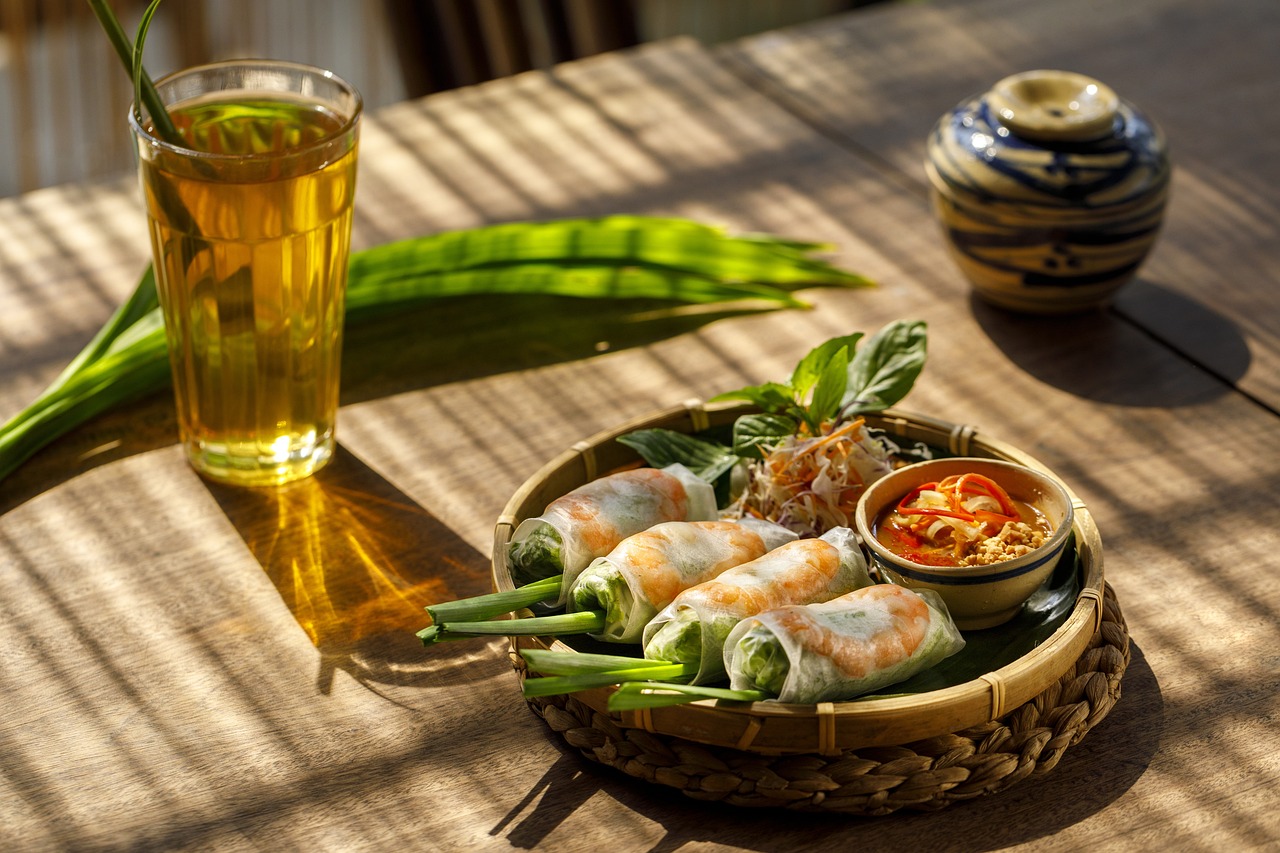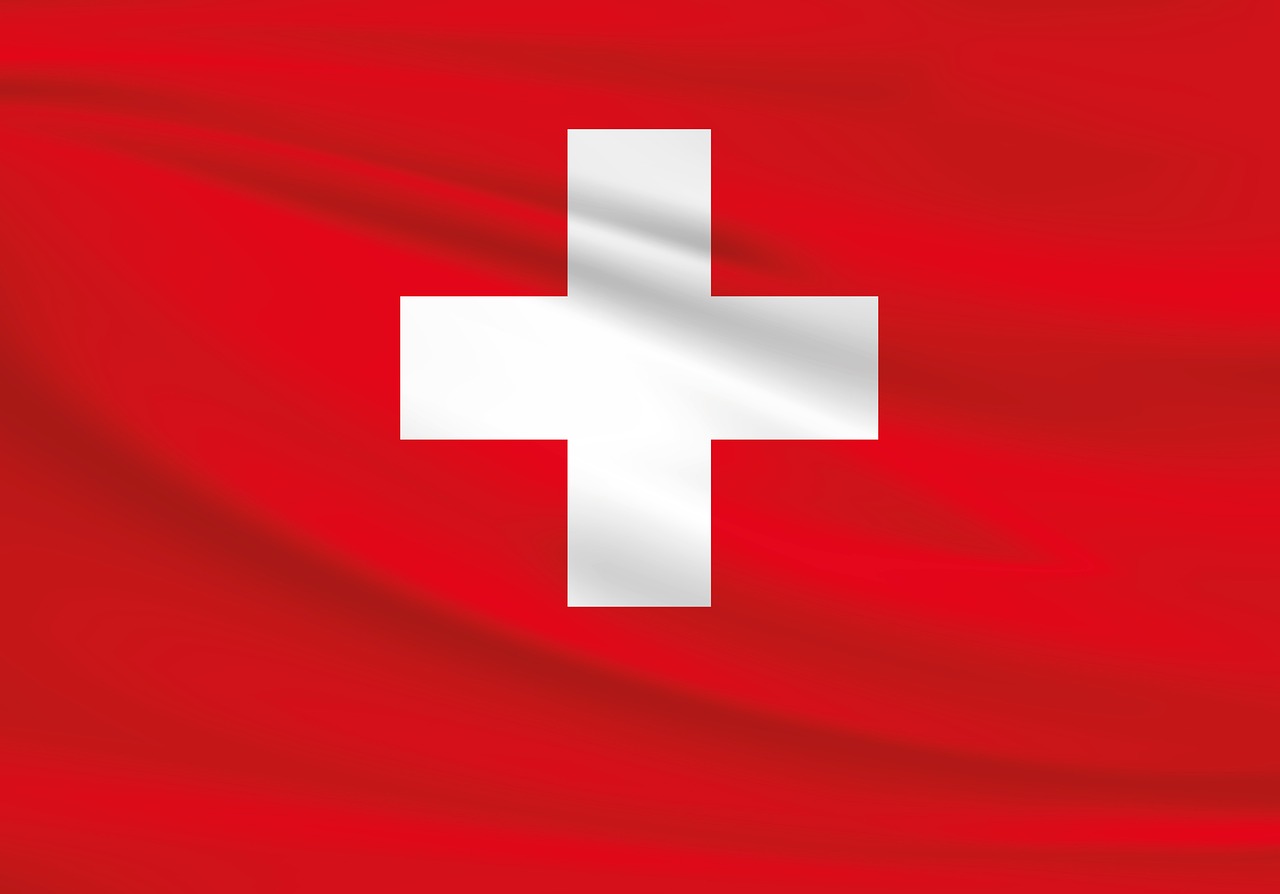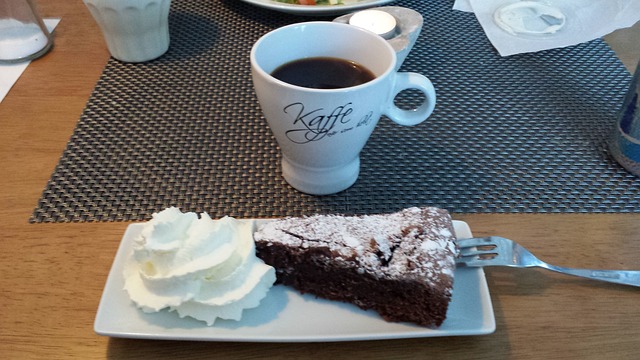Swiss Wine and Beer: Local Beverages to Try

When people think of Switzerland, they often picture its majestic Alps, luxurious watches, and world-famous chocolate. However, Switzerland also boasts a rich and diverse beverage culture, particularly when it comes to wine and beer. While these drinks may not be as internationally renowned as Swiss chocolate, they are deeply rooted in the country’s traditions and offer a unique taste of Swiss heritage. This article explores the fascinating world of Swiss wine and beer, highlighting their history, production methods, and the best local varieties to try.
Swiss Wine: A Hidden Gem
Swiss wine is one of the best-kept secrets in the world of viticulture. Despite its limited production and relatively low export volume, Swiss wine is celebrated for its exceptional quality and unique character. The country’s diverse geography, with its alpine valleys, sunny slopes, and pristine lakes, provides ideal conditions for growing a variety of grapes.
A Brief History of Swiss Wine
Winemaking in Switzerland dates back to the Roman era, when the Romans introduced vineyards to the region. Over the centuries, Swiss winemakers have refined their craft, blending traditional methods with modern techniques. Today, Switzerland is home to over 15,000 hectares of vineyards, spread across six main wine-producing regions: Valais, Vaud, Geneva, Ticino, German-speaking Switzerland, and the Three Lakes region.
Key Grape Varieties
Swiss wine is known for its diversity, with over 200 grape varieties cultivated across the country. Some of the most notable ones include:
- Chasselas: This white grape variety is the most widely planted in Switzerland, particularly in the Vaud and Valais regions. It produces light, crisp, and refreshing wines with subtle floral and mineral notes.
- Pinot Noir: As the most popular red grape variety in Switzerland, Pinot Noir thrives in the cooler climates of regions like Valais and German-speaking Switzerland. Swiss Pinot Noir is known for its elegance, with flavors of red berries, spices, and a hint of earthiness.
- Gamay: Often blended with Pinot Noir to create Dôle, a signature red wine of the Valais region, Gamay adds a fruity and vibrant character to the blend.
- Merlot: In the Italian-speaking canton of Ticino, Merlot is the star of the show. Swiss Merlot is typically smooth and full-bodied, with notes of plum, cherry, and herbs.
- Syrah: Grown primarily in the Valais region, Swiss Syrah is gaining recognition for its bold and spicy profile, with hints of black pepper and dark fruits.
Wine Regions to Explore
- Valais: The largest wine-producing region in Switzerland, Valais is known for its sunny climate and terraced vineyards. It is the birthplace of Fendant (Chasselas) and Dôle.
- Vaud: Home to the Lavaux vineyards, a UNESCO World Heritage Site, Vaud is famous for its crisp Chasselas wines.
- Ticino: This Italian-speaking region specializes in Merlot, producing both red and rosé wines.
- Geneva: The third-largest wine region in Switzerland, Geneva offers a mix of traditional and innovative wines.
Why Swiss Wine is Special
Swiss wine is characterized by its purity and authenticity. The country’s strict regulations ensure that only high-quality grapes are used, and many winemakers prioritize sustainable and organic practices. Additionally, the limited production means that Swiss wines are often enjoyed locally, making them a rare and delightful discovery for visitors.
Swiss Beer: A Growing Craft Beer Scene
While Switzerland may be more famous for its wine, its beer culture is equally noteworthy. Swiss beer has a long history, dating back to the Middle Ages, and has experienced a renaissance in recent years with the rise of craft breweries.
A Brief History of Swiss Beer
Beer brewing in Switzerland can be traced back to monastic traditions, where monks brewed beer as a nutritious drink during fasting periods. Over time, beer became a popular beverage among the general population. In the 19th century, the industrialization of brewing led to the establishment of large breweries, such as Feldschlösschen and Cardinal. However, in recent decades, the craft beer movement has taken hold, with small, independent breweries creating innovative and flavorful beers.
Popular Beer Styles
Swiss beer encompasses a wide range of styles, from traditional lagers to experimental craft brews. Some of the most popular styles include:
- Lager: The most common type of beer in Switzerland, Swiss lagers are known for their crisp and clean taste. Brands like Feldschlösschen and Cardinal are household names.
- Wheat Beer (Weissbier): Inspired by German brewing traditions, Swiss wheat beers are light and refreshing, with notes of banana and clove.
- Craft Beer: The craft beer scene in Switzerland is thriving, with breweries like BFM (Brasserie des Franches-Montagnes) and Turbinenbräu leading the way. These breweries experiment with unique ingredients and brewing techniques, producing everything from IPAs to stouts.
- Bock Beer: A stronger, maltier beer traditionally brewed for special occasions, Bock beer is a favorite during the winter months.
Beer Regions to Explore
- German-speaking Switzerland: This region is the heart of Swiss beer production, home to major breweries and a growing number of craft beer establishments.
- French-speaking Switzerland: The canton of Jura is particularly known for its artisanal breweries, such as BFM.
- Ticino: While primarily a wine region, Ticino also has a budding craft beer scene, with breweries like Ticino Malto gaining popularity.
Why Swiss Beer is Special
Swiss beer stands out for its quality and diversity. The country’s pristine water sources, high-quality barley, and innovative brewers contribute to the production of exceptional beers. Additionally, the craft beer movement has brought a new level of creativity to the industry, making Swiss beer an exciting area to explore.
Pairing Swiss Wine and Beer with Local Cuisine
Swiss wine and beer are best enjoyed alongside the country’s rich culinary traditions. Here are some classic pairings to try:
- Chasselas with Cheese Fondue: The light and crisp character of Chasselas complements the richness of Swiss cheese fondue.
- Pinot Noir with Rösti: The earthy flavors of Pinot Noir pair beautifully with the savory potato dish.
- Merlot with Polenta: In Ticino, Merlot is often served with polenta and braised meats, creating a harmonious combination.
- Lager with Sausages: A cold Swiss lager is the perfect accompaniment to grilled sausages, a staple of Swiss cuisine.
- Craft Beer with Chocolate: For a unique twist, try pairing a dark craft beer with Swiss chocolate for a decadent treat.




